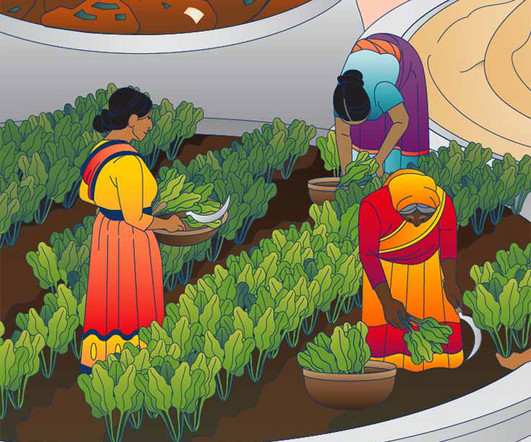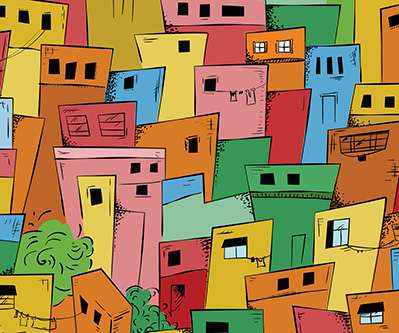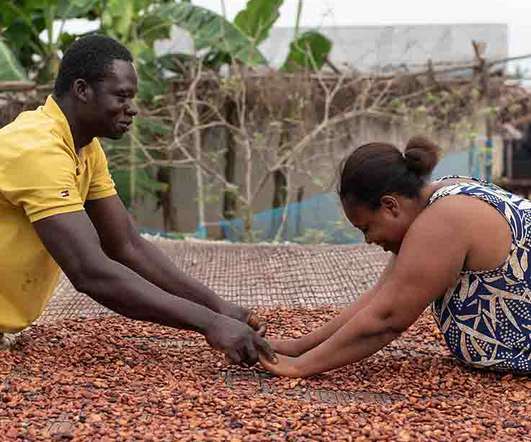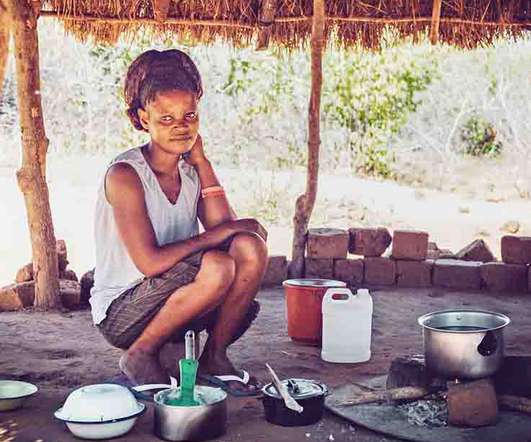Local Militias Step into Government Gaps
NonProfit Quarterly
JUNE 29, 2023
In recent years, the group, labeled by the Southern Poverty Law Center as right-wing extremists , has been painting a different picture of itself—as a disaster relief organization. But while residents and town officials are working to oppose dangerous militia operations, the town is also protecting itself from environmental harm.















Let's personalize your content